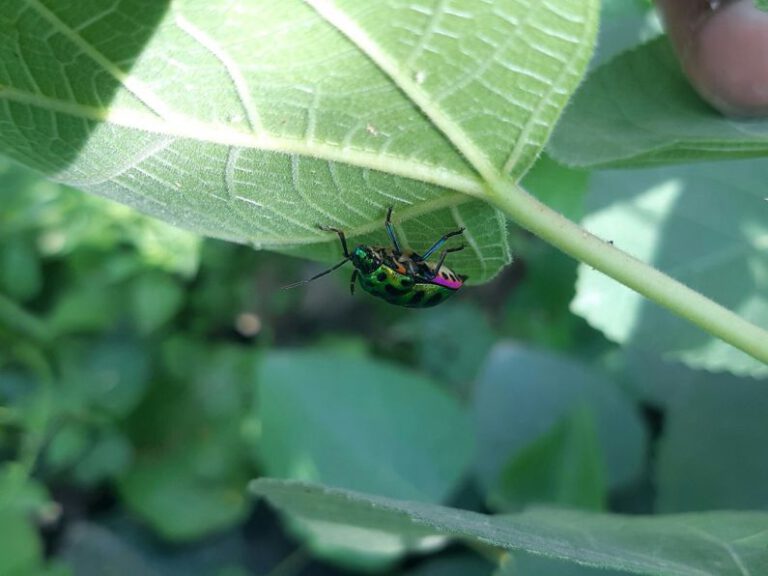What Are the Tips for Maintaining a Healthy Lawn?
A lush, green lawn can be a beautiful addition to any home. Not only does it enhance the curb appeal, but it also provides a space for outdoor activities and relaxation. However, maintaining a healthy lawn requires proper care and attention. Here are some expert tips to help you achieve and maintain a healthy lawn.
1. Soil Preparation
Before you start planting or reseeding your lawn, it’s important to prepare the soil properly. Begin by removing any weeds, rocks, or debris from the area. Then, use a garden tiller to loosen the soil and improve its drainage. Adding organic matter, such as compost or peat moss, can also help improve the soil quality and provide essential nutrients for your lawn.
2. Choosing the Right Grass
Choosing the right type of grass for your lawn is crucial. Different grasses have different requirements for sunlight, water, and maintenance. Consider factors such as the amount of shade, foot traffic, and climate in your area when selecting the type of grass. Cool-season grasses, such as Kentucky bluegrass or fescue, are suitable for regions with cold winters, while warm-season grasses, like Bermuda grass or Zoysia grass, thrive in hotter climates.
3. Proper Watering
Watering is essential for maintaining a healthy lawn. However, it’s important to water your lawn correctly to avoid over or under watering. Water deeply and infrequently to encourage deep root growth. The best time to water your lawn is early in the morning when the temperatures are cooler, and there is less wind. This allows the water to penetrate the soil without evaporating too quickly.
4. Regular Mowing
Regular mowing is essential for a healthy lawn. Mow your lawn frequently, but avoid cutting it too short. Cutting the grass too low can weaken the root system and make it more susceptible to pests and diseases. Adjust the mower blade height to maintain a grass height of around 2-3 inches. Additionally, make sure the mower blades are sharp to achieve clean cuts and prevent damage to the grass blades.
5. Fertilizing
Fertilizing your lawn can provide the necessary nutrients to keep it healthy and vibrant. Test your soil to determine its nutrient needs and choose a fertilizer that suits those requirements. Apply the fertilizer evenly and follow the instructions on the package for the correct amount and frequency. Avoid over-fertilizing, as this can lead to excessive growth and increase the risk of diseases.
6. Weed Control
Weeds can quickly invade and overtake a healthy lawn. Regular weed control is necessary to prevent their growth. Use a pre-emergent herbicide in early spring to stop weed seeds from germinating. For existing weeds, use a post-emergent herbicide or remove them manually. Be cautious when applying herbicides near trees or shrubs to avoid damage to desirable plants.
7. Aerating
Aerating your lawn can help improve soil compaction and promote better nutrient absorption. Use a lawn aerator or hire a professional to perform this task. Aerating allows air, water, and nutrients to reach the grassroots, resulting in a healthier and greener lawn.
8. Dealing with Pests
Pests can wreak havoc on your lawn if not dealt with promptly. Regularly inspect your lawn for signs of pests such as grubs, chinch bugs, or armyworms. If necessary, apply appropriate insecticides to eliminate the pests. However, it’s important to choose products that are safe for the environment and follow the instructions carefully.
In conclusion, maintaining a healthy lawn requires proper care and attention. By following these expert tips, you can achieve and maintain a lush, green lawn that will be the envy of your neighborhood. Remember to prepare the soil, choose the right grass, water correctly, mow regularly, fertilize adequately, control weeds, aerate when necessary, and deal with pests promptly. With these tips in mind, you’ll be on your way to having a beautiful and healthy lawn.






